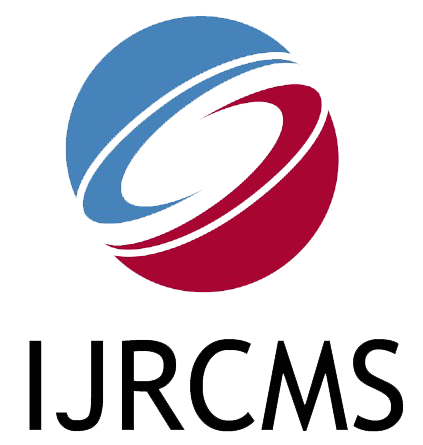| Title: AWARENESS AND SATISFACTION LEVEL OF GST AMONG RETAILERS |
| Author: Saranya k |
| Abstract: The Goods and Service Tax (GST), the biggest reform in India’s indirect tax structure since the economy began to be opened up 25 years ago at last looks set to become a reality. The Constitution Amendment Bill finally got the nod of Rajya Sabha. The government successfully stitched together a political consensus on the GST Bill to pave the way for the much-awaited rollout of the landmark tax reform that will create a common market of 1.25 billion people. GST will be a game-changing reform for the Indian economy by developing a common Indian market and reducing the cascading effect of tax on the cost of goods and services. It will impact the Tax structure, Tax incidence, and Tax computation. Tax payment, Compliance, Credit utilization, and reporting led to a complete overhaul of the current indirect tax system. Law provides for a period that may extend to five years, based on the recommendations of the GST Council. Here, every taxpayer will be issued a 15-digit common Identification Number which will be called a “Goods and Service Identification Number” (GSTIN) a pan-based number. GST is a consumption-based tax levied on the sale, manufacturing, and consumption of goods and services at the national level. Many taxes have been subsumed under the GST Act. |
| Keywords: GST, composition scheme, GST slab rate, cascading effect |
| DOI: https://doi.org/10.38193/IJRCMS.2024.6303 |
| PDF Download |
| Date of Publication: 14-06-2024 |
| Download Publication Certificate: PDF |
International Journal of Research in Commerce and Management Studies (IJRCMS)
ISSN 2582-2292, An open access bi-monthly e-journal
